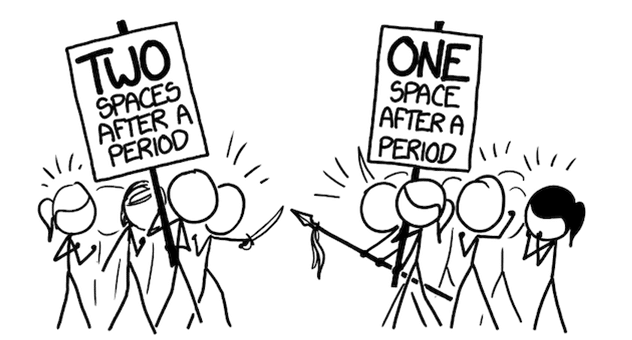

So, those emoticon smiles: what else can they be used for?
Round brackets
Imagine the contents of round brackets (or parentheses) as an aside
that might be said behind your hand (an actor on a stage might anyway).
These punctuation marks come in handy to:
- include optional information
You don’t have much time left to finish your Christmas shopping (only six shopping days!).
- introduce an abbreviation or explain a term
At this time of year, many people suffer from Seasonal
Affective Disorder (SAD); although equally problematic during December
is pogonophobia (a fear of beards).
- cross-refer
If you’re wondering where to put punctuation around brackets, you’ll soon find out (see below).
To learn more about pogonophobia, see The Big Book of Phobias (p92).
- add authorial commentary (if appropriate to the context)
The effects of SAD can be quite debilitating (believe me).
- cover several possible eventualities
The Christmas e-bulletin should be well-received by its already tipsy reader(s).
Square brackets
But parentheses are not to be confused with square brackets. These can be used to:
- add an editor’s note or direction
Emphasis staff will be required to wear Santa hats to work throughout December [Catie to purchase these].
- clarify meaning in a quote without changing any of the original words
She said, ‘If you make me wear that thing [the Santa hat] to work, I’m quitting.’
In these cases, you can just replace the word(s) being clarified eg
‘I said: if you make me put on [the Santa hat], I’m quitting. Humbug!’
Punctuating brackets
It can be confusing working out where to put the punctuation around brackets (but we’re here to help):
- The first rule is quite straightforward. (If you are writing a
full sentence inside them, the full stop – or alternative – should be
inside the brackets.) - But the full stop will be on the outside if the brackets contain only part of the full sentence (as these do).
- Put a comma outside the brackets (as demonstrated here), when those brackets appear at the end of a clause within the sentence.
- If the bracketed aside needs a question mark or exclamation mark, you’ll still need to add a full stop on the outside to complete
the sentence (like this!).
Image credit: benjasanz / Shutterstock
Subscribe
Expert advice to your inbox


